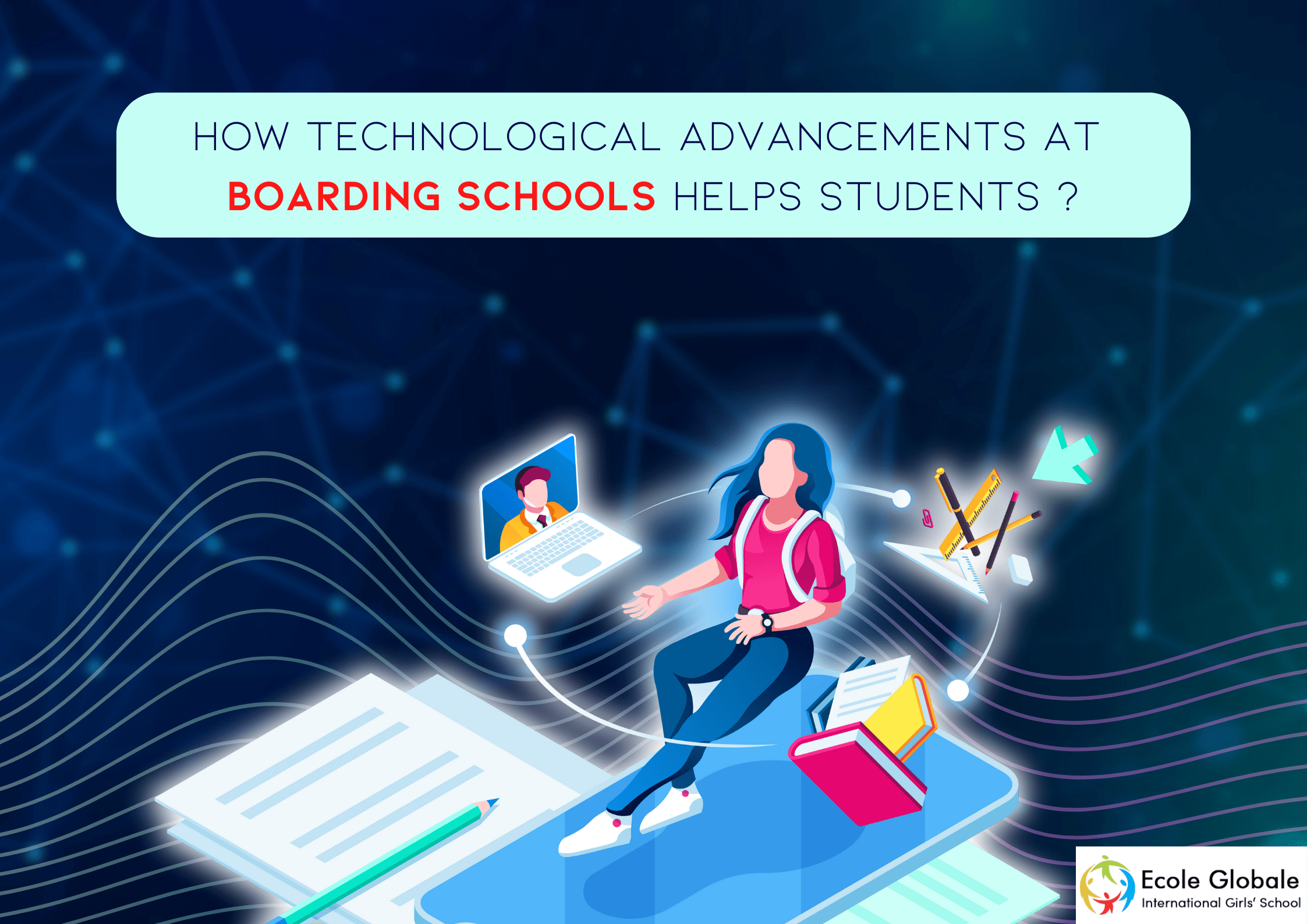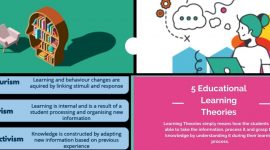Technological advancements at Boarding Schools have significantly enhanced the overall experience within boarding schools, ushering in a new era of educational excellence and student well-being. One notable improvement lies in communication.
The advent of high-speed internet and sophisticated communication platforms has bridged the gap between students and their families, fostering a sense of connection and support. Virtual classrooms and e-learning tools have revolutionized traditional teaching methods, offering personalized and interactive learning experiences.
Additionally, smart campus solutions have streamlined administrative processes, making it easier for both students and staff to manage daily tasks efficiently. Enhanced security measures, such as biometric access systems and surveillance technology, contribute to a safer living and learning environment. Furthermore, students now have access to a plethora of online resources, expanding their educational horizons beyond the classroom walls.
How do Technological advancements at Boarding schools help students?

Boarding schools have long been institutions that offer a unique educational experience, and with the rapid advancement of technology, they are becoming even better in various aspects. Overall, technological advancements at Boarding Schools has become a cornerstone in the evolution of boarding schools, creating an environment that is not only academically enriching but also conducive to holistic growth and development.
Communication and Connectivity:

One of the significant ways technological advancements at Boarding Schools has impacted boarding schools is through improved communication. With the advent of smartphones, students can easily stay in touch with their families through calls, texts, and video chats. This connectivity helps alleviate homesickness and provides a sense of security.
Gone are the days of passive learning. Interactive whiteboards, educational apps, and multimedia resources engage students in a way that traditional methods often struggle to achieve. Concepts that were once abstract or difficult to grasp can now be visualized and explored through simulations and interactive modules, making learning both enjoyable and effective.
E-Learning and Virtual Classrooms:

One of the most notable technological advancements at Boarding Schools in education technology is the rise of virtual classrooms and online learning platforms. These tools break down geographical barriers, allowing students to access educational resources and interact with instructors from anywhere in the world. The flexibility of online learning has become particularly crucial during times of global challenges, providing continuity in education.
Boarding schools are leveraging technology to enhance the learning experience. Virtual classrooms and elearning platforms allow students to access educational resources beyond the confines of traditional textbooks. Interactive lessons, educational apps, and online resources contribute to a more dynamic and engaging learning environment.
Smart Campus Solutions:

Many boarding schools are adopting smart campus technologies to streamline various processes. These include automated attendance systems, digital libraries, and campuswide WIFI, providing students with instant access to information and resources. This not only improves efficiency but also prepares students for a tech-driven future.
Imagine taking a virtual tour of ancient civilizations or exploring the human body in three dimensions. AR and VR technologies bring subjects to life, providing immersive experiences that go beyond traditional textbooks. These technologies create a dynamic and engaging environment that enhances understanding and retention of complex concepts.
Enhanced Security Measures:

Technological advancements at Boarding Schools in security systems contribute to a safer boarding school environment. Schools are implementing state-of-the-art surveillance cameras, biometric access control, and emergency notification systems. These measures enhance the overall safety and wellbeing of students.
Health and Wellness Apps:
![]()
The wellbeing of students is a top priority for boarding schools. Technological advancements at Boarding Schools has given rise to health and wellness apps that help students track their physical activity, monitor sleep patterns, and manage stress. Schools can also use technology to provide mental health resources and counseling services. Technological advancements at boarding schools enables educators to tailor learning experiences to individual student needs.
Adaptive learning platforms use data and algorithms to identify a student’s strengths and weaknesses, adjusting the curriculum accordingly. This personalized approach ensures that students progress at their own pace, reinforcing their understanding of concepts before moving on to more advanced topics.
Global Collaboration and Cultural Exchange:

Technological advancements at Boarding Schools has made it easier for boarding schools to connect with other institutions globally. Virtual exchange programs, collaborative projects, and video conferencing tools enable students to interact with peers from different parts of the world. This fosters a sense of global awareness and cultural understanding.
In the modern workplace, collaboration is key, and educational technology reflects this shift. Collaboration tools and platforms facilitate teamwork among students, whether they are in the same classroom or miles apart. Realtime document sharing, video conferencing, and collaborative projects prepare students for the collaborative nature of the professional world.
Parent-School Communication Platforms:

Keeping parents informed about their child’s progress is crucial. Boarding schools are utilizing digital platforms to provide realtime updates on academic performance, extracurricular activities, and general wellbeing. This instant communication strengthens the partnership between schools and parents.
Innovative Extracurricular Activities:

Technological advancements at Boarding Schools opens up new possibilities for extracurricular activities. Robotics clubs, coding classes, and virtual art studios are just a few examples. These activities not only cater to diverse interests but also equip students with valuable skills for the future.
Gamification has proven to be a powerful tool in education. Educational games and interactive simulations not only make learning fun but also foster critical thinking and problem solving skills. By incorporating elements of competition and rewards, students are motivated to actively participate in their own learning journey.
AI is revolutionizing education by providing insights into student performance, automating administrative tasks, and offering intelligent tutoring systems. AI algorithms analyze vast amounts of data to identify patterns and trends, helping educators make datadriven decisions to optimize the learning experience.
The integration of Technological advancements at Boarding Schools in education is not about replacing teachers but empowering them and enhancing the learning journey for students.
As we embrace these advancements, it’s essential to ensure that access to technology is equitable, bridging the digital divide and creating a future where education knows no bounds. The classroom of tomorrow is here today, and it’s a dynamic, tech-infused space where the possibilities for learning are limitless.
Conclusion
Technological advancements at Boarding Schools is revolutionizing the landscape of boarding schools, making them more connected, secure, and enriching for students. As schools continue to embrace and integrate these advancements, the boarding school experience is evolving to meet the demands of a rapidly changing world.









